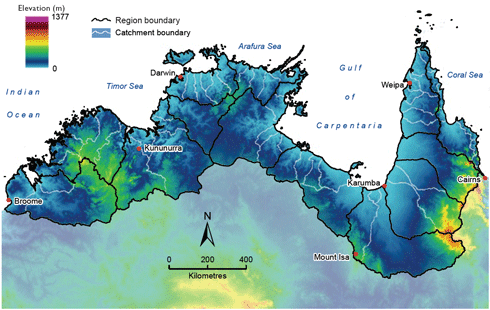
|
Published:
Addressing poverty
Poverty reduction and halving the proportion of the global population living in extreme poverty by 2015 is one of the eight Millennium Development Goals established by the United Nations at the Millennium Summit in 2000. This goal is currently ranking high on the agenda of donors, governments, research organisations and development agencies.

|
|
Microfinance schemes have helped lift people out of poverty, such as this shop-owner in Benin, Africa. Credit: USAID/Jacqueline Ahouansou
|
Despite becoming a public aspiration, reducing poverty represents a major task, since poverty is a complex concept that goes beyond economics (e.g. income or job access) to include other dimensions, including: human (health, education); political (empowerment, exclusion); socio-cultural (status, dignity); and protective (risk, vulnerability).
These dimensions are interrelated, and their relative importance changes over time. For example, someone’s perception of poverty will change once their basic living needs, such as food and health, are satisfied; then, other conditions such as inequity, the quality of their local environment, or their lack of power and choice will be perceived as major descriptors of poverty. Thus, poverty reduction might have different meanings in different circumstances, and a different set of strategies should be implemented to address it.
Considering that poverty is not a static condition, there is a need to refine metrics to identify the poor and assess whether someone is about to enter or escape poverty. This requires defining the configuration and thresholds of relevant attributes of the dimensions that constitute an acceptable standard of living.
The challenges here are: for some dimensions the measurement of attributes is insurmountable; there is a lack of consensus about the relative weights of the different dimensions of poverty; and some dimensions can be substitutes in the short term, while being complementary in the long term. Consequently, the empirical application of multidimensional measures of poverty has been limited, and the use of ‘poverty lines’ is still the most common approach for assessing poverty.
These poverty lines differ for different countries, but in order to determine a global threshold to identify the poor, the average of the poverty lines of the world’s 15 poorest countries was estimated. The resulting value of US$1.25 a day is considered the global extreme poverty line, and there are currently 1.4 billion people living below that line – one in four of the world’s citizens.
Traditionally, poverty reduction strategies have included promoting economic growth, attracting develop-
ment aid, supporting good governance and debt relief, improving markets and improving the social environment and abilities of the poor.
But poverty reduction should not be achieved at a high environmental cost. The linkages between environmental and socio-economic systems are becoming more evident for policy- and decision-makers. It is now recognised that environmental degradation is a major barrier for poverty reduction; at the same time, reaching environmental conservation goals requires progress in the eradication of poverty.
Thus, it is possible to identify common causes and solutions for poverty and environmental problems. For solutions to be successful, poverty reduction and environmental initiatives should be linked and implemented together.
In the past, efforts towards simultaneously reducing poverty and protecting the environment were over-ambitious and ineffective, but there is now empirical evidence that conservation initiatives such as payments for environmental services might have a positive contribution to poverty reduction, while microfinance approaches and conditional cash transfers – a type of direct payment designed to reduce poverty – might exhibit indirect environmental benefits, representing a starting point for the design of novel instruments to reach both environmental conservation and poverty alleviation objectives.
Despite the success of some local and regional initiatives in reducing poverty, at a global scale, and despite the fact that the percentage of people living in poverty is falling by 1 per cent a year, the absolute number of poor people is still increasing (mostly in sub-Saharan Africa), and the projection is that 1 billion people will still be living below US$1.25 a day in 2015.
Luis C. Rodriguez is an ecological economist with CSIRO Sustainable Ecosystems working on the design of efficient and equitable economic instruments to achieve both environmental conservation and poverty alleviation objectives.
More information:
Sachs JD and Reid WV (2006) Investments towards sustainable development. Science 312, 1002.
Chen S and Ravallion M (2008) ‘The developing world is poorer than we thought, but no less successful in the fight against poverty’. World Bank Policy Research Working Paper Series: 4703.



